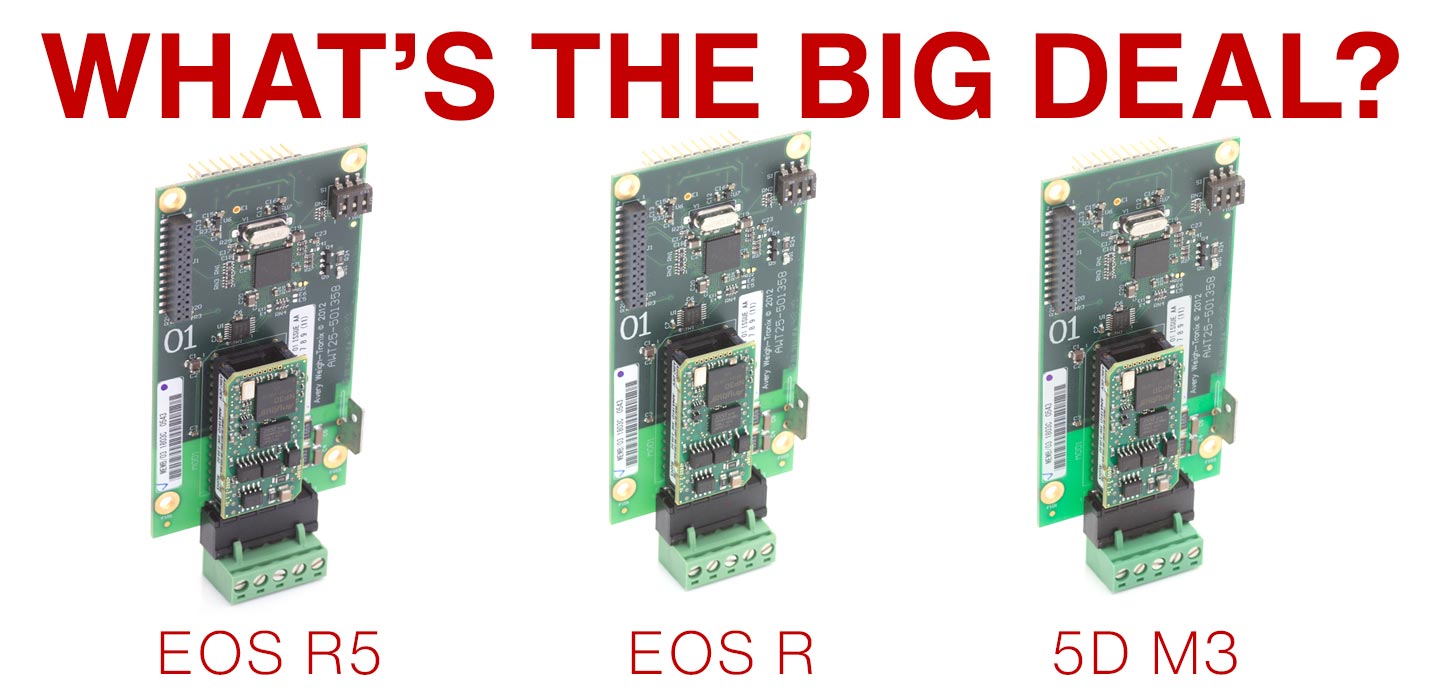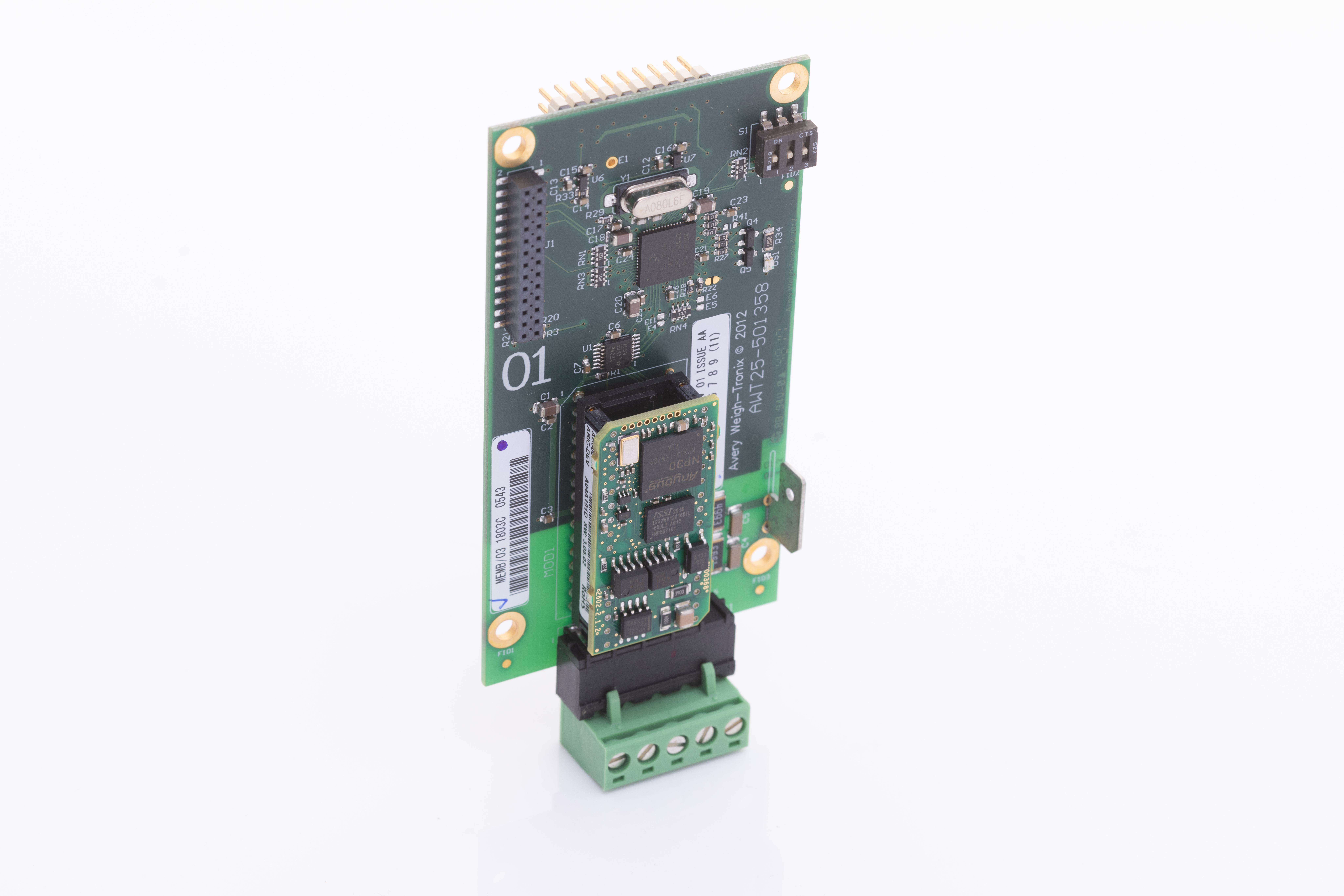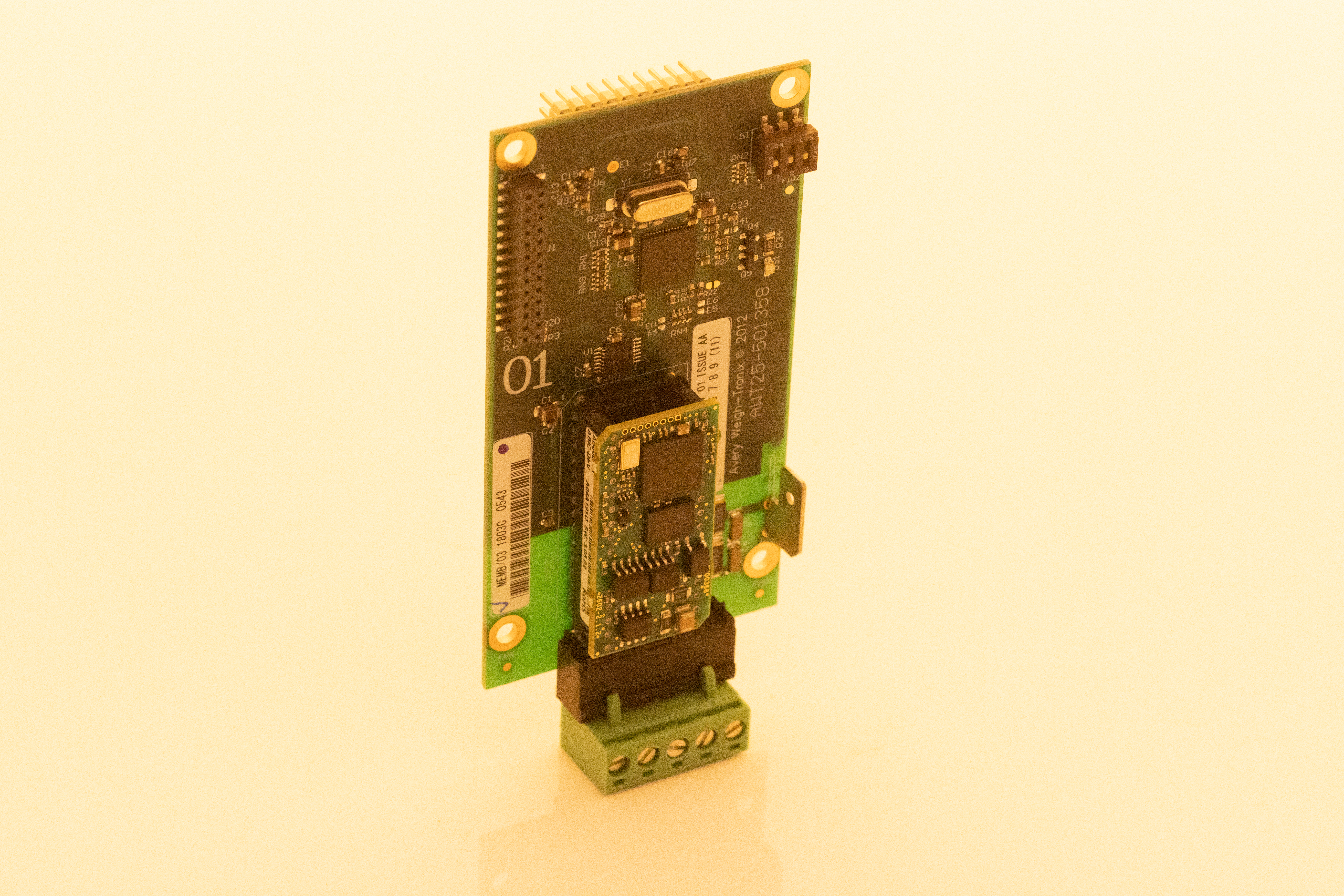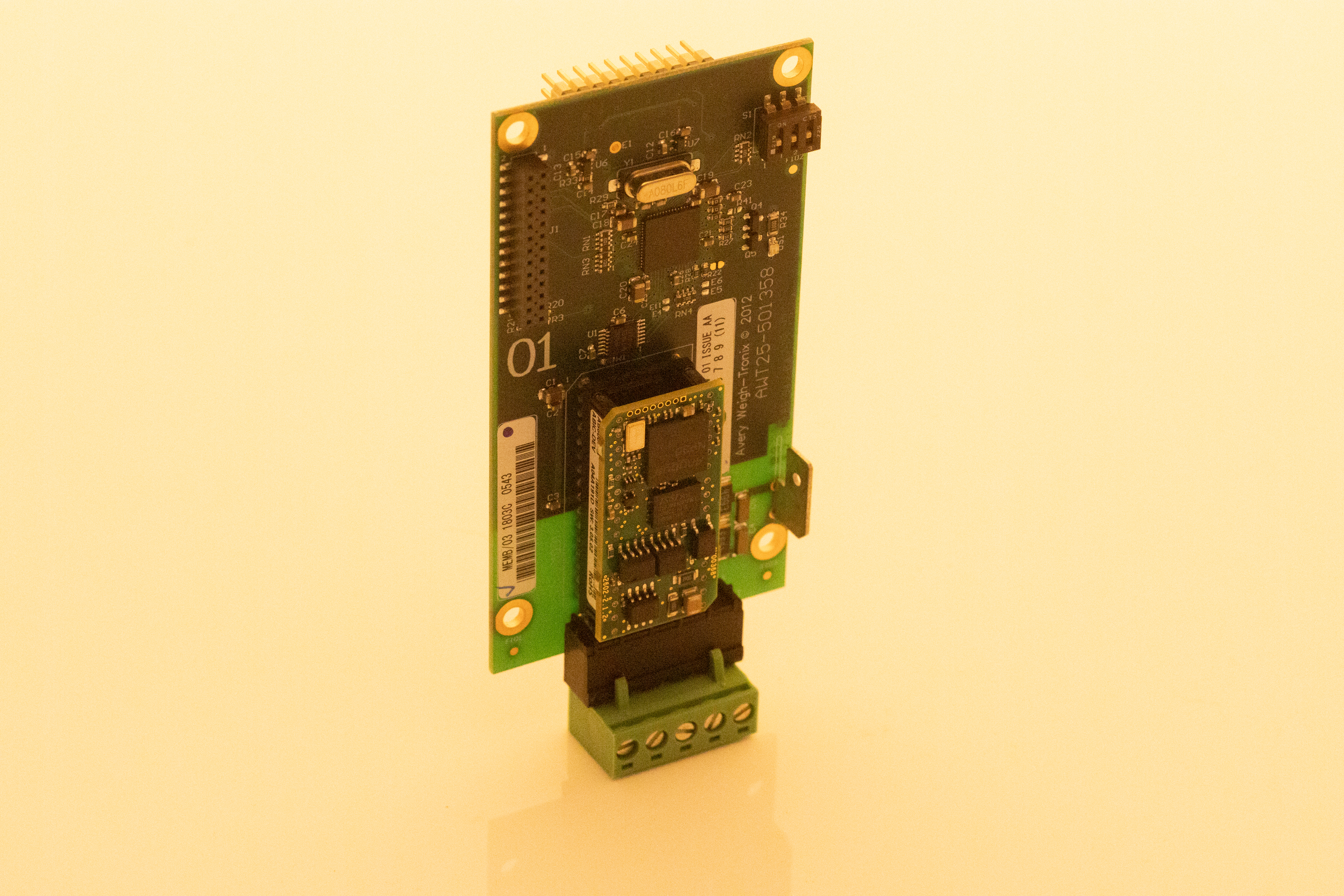Is there really that big of a bonus to upgrading your camera?
If you’ve read my blog before then you know I am a huge fan of the EOS R, despite the fact that it has struggled in the market. It was labeled as a strange offering from Canon by most reviewers at the time of its release, although I am not exactly sure why. As Canon’s first “pro” mirrorless camera, I personally felt like it delivered on the promises. I purchased mine a few months after it was made available to the public and have used it constantly ever since. It performs great, it takes amazing photos, and when I’ve needed it for video it has excelled in that realm as well.
The same can be said about my venerable 5D Mark III. That camera has been a workhorse in my photography business and still sees a lot of use to this day. I am 100% on the mirrorless bandwagon, but there are still times when the DLSR just feels like a faster option in a lot of ways. Looking through a true optical viewfinder versus an electronic one has its benefits from time to time.
However, and my goodness does it pain me to say this, the 5D Mark III has really been showing its age recently. What used to feel like razor-sharp auto-focusing now feels like a sluggish endeavor by modern standards. The shutter speed is equally slow by comparison and the image quality (while still close to top-notch) struggles in low-light situations. Lastly, I’ve always held on to the concept that you’re as strong as your weakest link and having the 5D Mark III as my second camera just meant I had one great camera in the EOS R and a fairly OK one in the 5D Mark III if I had to rely on it for backup. Takeaway: It’s time to upgrade.
So, I did what any photographer would do, I threw a load of money at the problem. Enter the EOS R5.
Good news, this isn’t an EOS R5 review because, well, there’s a literally metric tonne of those out there already. Instead, I wanted to do a quick comparison between these three cameras, the Mark III, EOS R, and EOS R5, because I think it’s the true basics of image quality that matter to 99% of photographers.
One really quick word about camera features: People love new features, and I am not the exception. I’ve only had this R5 for a few days and, honestly, within the first few photos I was blown away with some of the new features this camera has. If you’re interested in a more in-depth comparison of the features between these cameras let me know by dropping me a line on Twitter.
Okay, enough of the fluff, let’s go. This is going to be a very straightforward comparison. We have an image I took of a circuit board in my studio. I took 2 photos with each camera; one with studio lighting, and one without lighting at nearly max ISO to see how much noise we get.
Studio Lighting Comaprison
Camera Settings (Same across all cameras)
Lens: Canon 100mm f/2.8 Macro
Shutter Speed: 1/160
Aperture: f/11
ISO: 100
Clicking on an image will open a full-resolution version.
When viewed at these smaller sizes, there really isn’t much of a discernable difference between the 3 cameras. But if you click on the images to see them at their full resolutions the benefits of the R5, its new tech, and higher pixel count, really shine – so, yeah, no surprise that newer and bigger is, generally, better. What’s kind of amazing, however, is how well the image quality of the 5D Mark III holds up – seriously, I still love that camera.
Ultra High ISO Comparison
Camera Settings (Same across all cameras)
Lens: Canon 100mm f/2.8 Macro
Shutter Speed: 1/160
Aperture: f/11
ISO: 25,600
Clicking on an image will open a full-resolution version.
And here is our super, un-scientific noise comparison. Same as before, all three cameras with the same lens and same settings across the board. I cranked the ISO up to the highest common setting, which was 25,600. No surprises here as an ISO setting that high produces extremely noisy images on each camera body. The 5D Mark III is the clear loser here as its noise is almost blobby in comparison to the EOS Mirrorless cameras which both retain a much sharper noise pattern. I am not sure you can really see a big difference in the amount of noise between the R and R5 other than the fact that with its higher megapixel count you could manually down-res the R5’s image in Lightroom or Photoshop which would in theory give you a slightly cleaner photo to work with. Again, it’s those extra megapixels giving you a lot of latitude to make things happen. Below is a megapixel comparison so you can see just how much more digital real estate you’re actually getting.
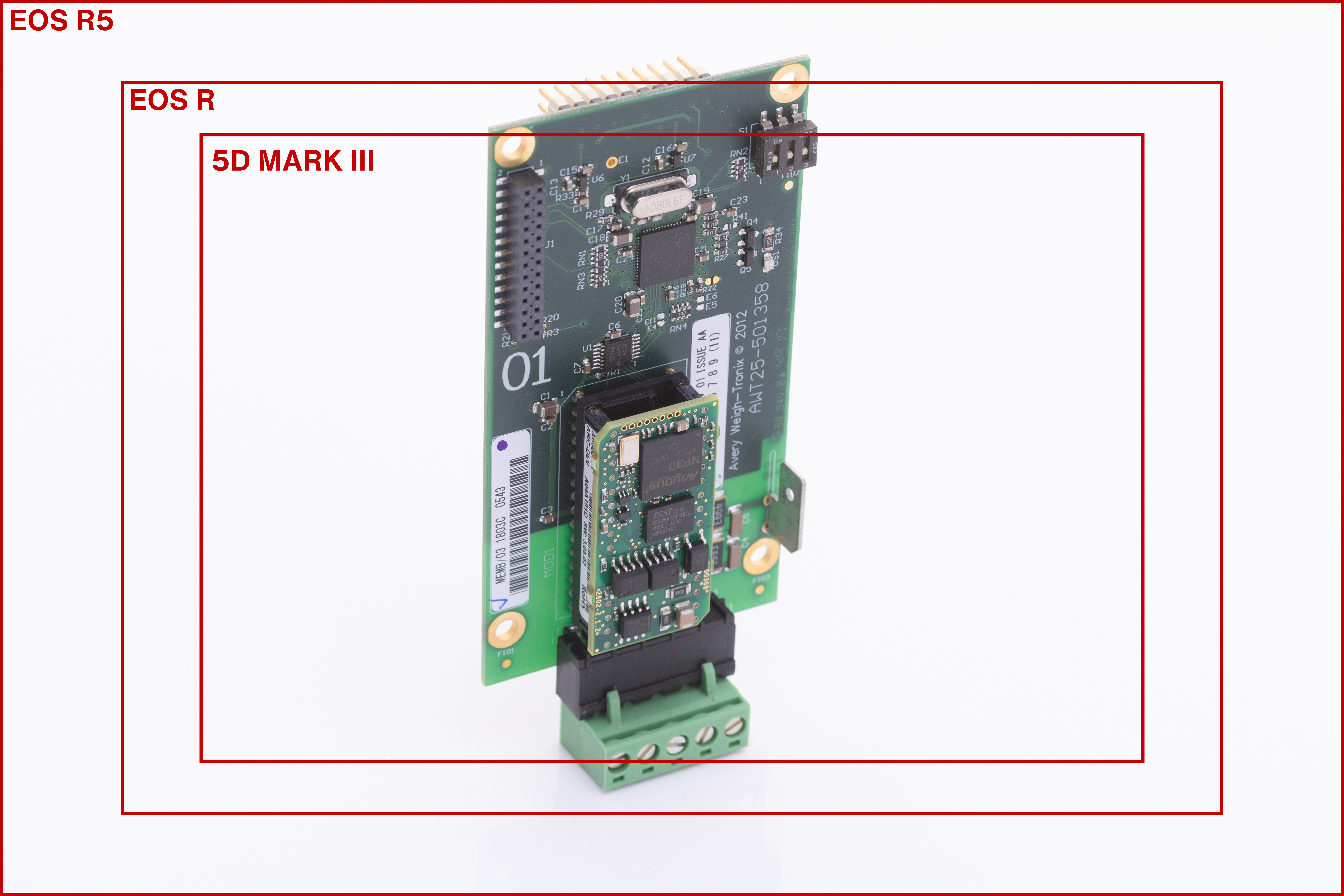
Summary
I try to do my best to not always advocate for “bigger is better”, but even I have to agree that it definitely has some advantages in a lot of situations. The R5 has already proven to be an amazing camera and I am excited to push it to whatever limits I can find for it. I am not discounting my other two cameras; the EOS R and the 5D Mark III are still amazing cameras and have both earned their spots in the Photo-Hall-of-Fame over here at BLP.

